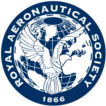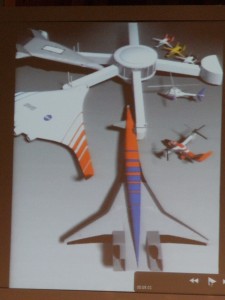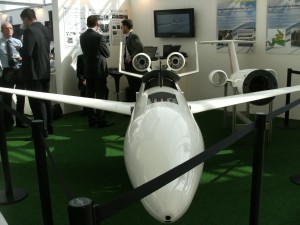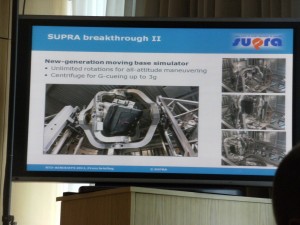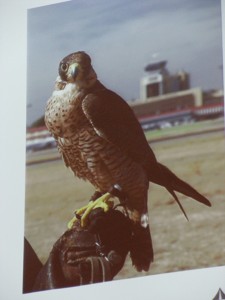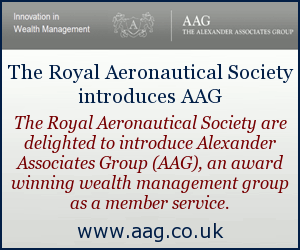Part 2 of a report from the European Commission’s Aerodays conference - highlighting the latest aeronautical research and development.
While much attention has been focused in recent years on the impact of aviation on the environment, there has been little said about the opposite effect – the effect of the environment on aviation. One of the environmental sessions at Aerodays looked at ‘disruptive climate events’ and their effect on air transport. As global warming becomes a reality, changes in climate will begin to effect weather patterns which in turn will influence where aircraft can fly. The WEather haZARDS for Aeronautics (WEZARDS) project, which has been proposed to the EC, would look ways that the air transport industry could plan and prepare for natural hazards.
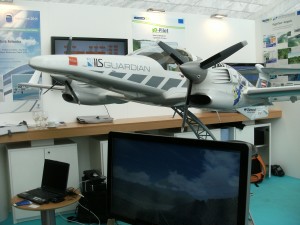
A model of the test DA-42. “A personal flight aircraft would not be for doing aerobatics, just for going from A to B” explained Reimund Kueke of Rheinmetall.
Want to go somewhere for the day? No need to take the car – you can fly an aircraft instead. Don’t worry if you’re not an experienced pilot – the aircraft will do all the hard work for you. All you need to do is to steer in the right direction. Research is currently be carried out into ways that this concept of ‘personal flight’ for all in the future might be realised. The EU-funded SAFAR advanced avionics for general aviation project is already investigating the practicalities of equipping small aircraft with specialised avionics and flight control systems which would keep the aircraft within a safe flight envelope with particular emphasis being placed on self-checking systems for safety. If necessary, the aircraft could be flown or landed remotely. The project has carried out some flight tests using a specially equipped Diamond DA42 and hopes to test other aircraft types in the future. In theory, the aircraft could carry passengers.
Airbus is one of the partners in the EC-funded NACRE (New Aircraft Concepts Research) project which has manufactured this UAV fitted with vertically-mounted engines and retractable undercarriage. The aim of the project is to analyse the effects of two alternative tail configurations to see which makes the least noise in the air and on the ground. The project is currently seeking more funding to fly the aircraft over a period of months from a airfield somewhere in mainland Europe. The test aircraft can also be fitted with different nose sections and wings.
While high G-force certifuges are common in military pilot training, they are not yet used for commercial pilots. However, there are certain uncontrolled events which cannot be modelled by even a full motion commercial flight simulators – such as a deep stall or even inversion of the aircraft. The EC is funding a project called SUPRA – Simulation of Upset Recovery in Aviation – which aims to enable commercial pilots to be trained how to react in ‘dynamic situations’ outside the normal flight envelope such as deep stalls or Dutch rolls. The project has developed a new motion platform for both civil and military applications called DESDEMONA which can simulate forces of up 3G and can fully invert.
What would you like the experience of air transport to be like in 2050? Answer – more flights and more gizmos. Airbus has published a new survey of the consumer expectations for air travel of over 1,000 young people in Spain. The passengers of tomorrow wanted to travel more by air to meet friends and see places while at the same time maintaining their access to the digital world through social media and IFE systems. Airbus also announced that it would be unveiling some radical new concepts for aircraft cabin interiors later this spring.
And finally
A technical visit to Terminal 4 at Madrid-Barajas Airport revealed the little known fact that the airport employs 90 birds of prey to keep the runways clear of other birds. The airport’s Wildlife Monitoring Service breeds and trains falcons, harriers, goshawks and merlins to patrol the runway. Hopefully, they also train them to avoid aircraft.
